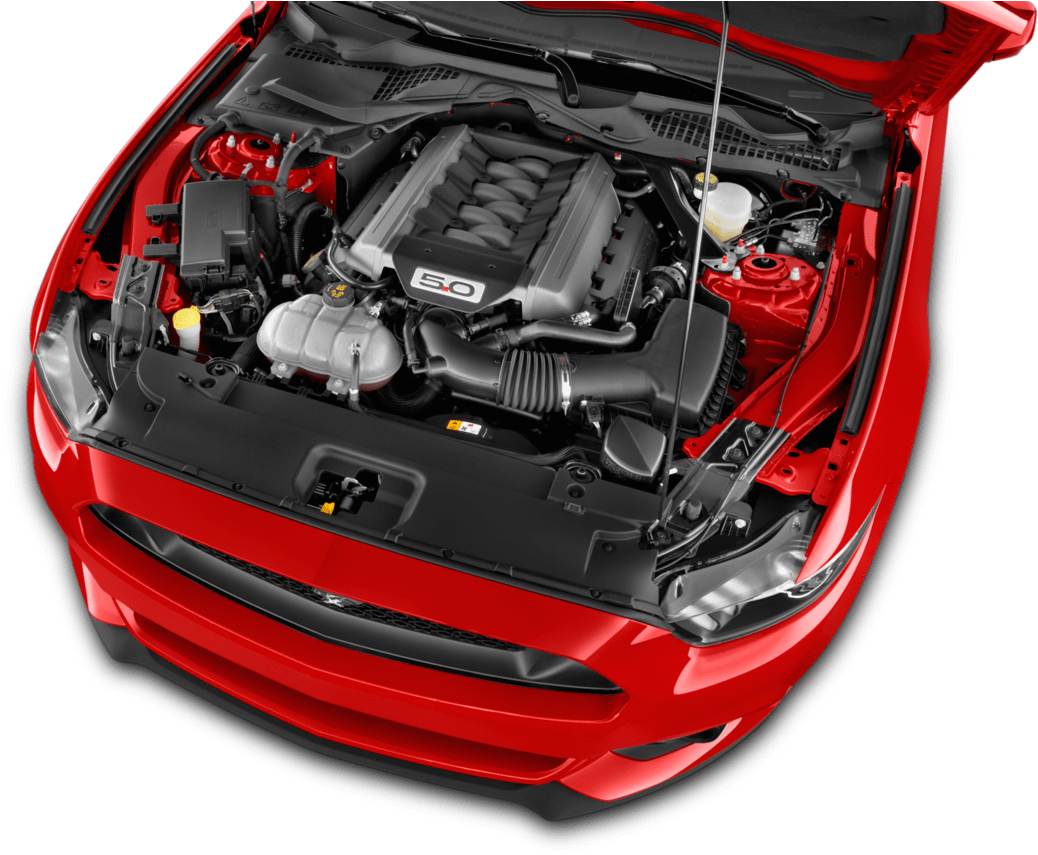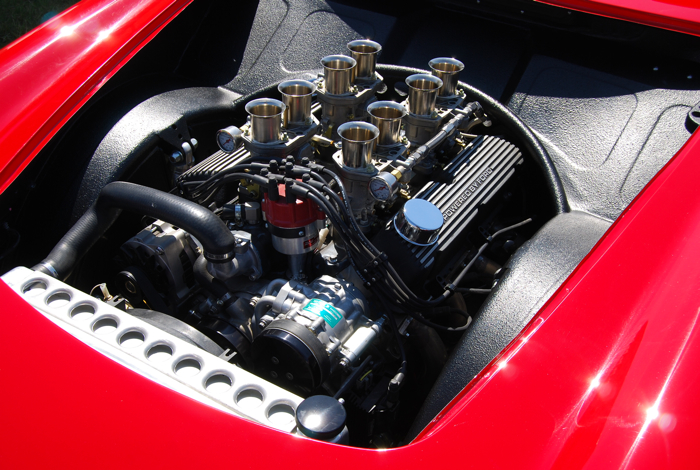Comprehensive Testimonial of a Subcompact Automobile's Powertrain Capabilities
In the realm of automotive engineering, the powertrain of a subcompact vehicle stands as a crucial nexus where efficiency, technology, and efficiency merge. From the engine's unrelenting quest of optimum performance to the transmission's seamless choreography of power circulation, every aspect plays an important role in defining the total driving experience.
Engine Performance Evaluation
In evaluating the engine performance of the subcompact cars and truck, a detailed analysis discloses its performance and power outcome under numerous driving conditions. The subcompact car's engine, a vital element of its powertrain system, demonstrates good performance metrics. The engine's efficiency is notable, as it maximizes fuel consumption without endangering power delivery. Under typical driving problems, the engine runs smoothly, showcasing a balance between performance and gas economic climate.
In addition, when based on strenuous screening situations such as high-speed acceleration or uphill climbs, the engine shows resilience and responsiveness. Its power output stays consistent, giving ample acceleration when needed. The subcompact vehicle's engine is tailored to fulfill the demands of metropolitan driving, where quick velocity and nimble ability to move are important.
In addition, the engine's layout integrates modern technologies that enhance its efficiency qualities. Features like turbocharging or variable valve timing add to boosted power distribution and torque, boosting the general driving experience. To conclude, the engine performance of the subcompact vehicle highlights its capacity to deliver dependable and effective power output across numerous driving conditions.
Transmission Efficiency Assessment
Analyzing the subcompact vehicle's transmission efficiency includes examining its performance in transmitting power seamlessly across various driving problems. The performance of a transmission system is crucial as it directly affects the overall performance and fuel economic climate of the vehicle. In evaluating transmission performance, elements such as equipment ratios, change timing, and the level of smoothness of gear changes are taken into consideration. A properly designed transmission system ought to efficiently provide power from the engine to the wheels while minimizing power losses.
One common approach utilized to assess transmission effectiveness is with dynamometer screening, where the power outcome from the engine is measured at the input and output shafts of the transmission. Discrepancies between input and output power can show the level of effectiveness of the transmission system. Additionally, real-world driving tests are carried out to evaluate just how the transmission carries out in functional situations. By analyzing these aspects, designers can recognize areas for improvement and enhance the transmission system for better general performance and effectiveness.
Fuel Efficiency Exam
The assessment of the subcompact car's fuel effectiveness includes an extensive evaluation of its usage prices under various driving conditions. Fuel performance is an essential element in evaluating the overall efficiency and cost-effectiveness of a vehicle. By measuring the amount of fuel taken in per system distance took a trip, normally expressed as miles per gallon (MPG) or liters per 100 kilometers (L/100 kilometres), the effectiveness of the subcompact car's powertrain can be figured out.

Furthermore, improvements in modern technology, such as hybrid systems, regenerative braking, and automatic start-stop systems, have actually dramatically enhanced gas performance in modern-day subcompact vehicles. Makers remain to optimize from this source and introduce powertrain elements to boost gas efficiency while meeting efficiency demands and ecological regulations. Evaluating a subcompact cars and truck's gas effectiveness supplies beneficial understandings for customers looking for cost-effective and lasting transportation services.
Velocity and Handling Assessment
An integral facet of examining the efficiency abilities of a subcompact vehicle exists in analyzing its velocity and dealing with qualities. Acceleration is essential as it figures out exactly how promptly the lorry can get to preferred speeds, impacting overall driving experience and ability to move in image source different traffic problems. opel corsa engine. Subcompact automobiles are commonly preferred for their nimbleness and dexterity, making velocity from dead stop and during overtaking maneuvers essential factors to take into consideration
When it concerns managing, a subcompact auto's ability to navigate corners, keep stability at high speeds, and offer a receptive guiding feel are extremely important. Tight city roads and winding roads need accurate managing to ensure driver confidence and security. Elements such as suspension tuning, weight circulation, and tire grasp play substantial roles in determining a subcompact vehicle's total handling expertise.

Powertrain Components Overview
Upon delving right into the complexities of a subcompact cars and truck's efficiency, a detailed evaluation of its powertrain parts is vital to understand the lorry's mechanical bases. The powertrain of a subcompact cars and truck generally contains the engine, transmission, driveshaft, differential, and axles. The engine, often a smaller variation four-cylinder in a subcompact cars and truck, is accountable for creating power by shedding gas and transforming the energy right into mechanical pressure. The transmission, whether manual or automated, transfers this power to the wheels via the driveshaft. The differential permits the wheels to turn at different rates when turning, enhancing maneuverability. The axles send power from the differential to the wheels, enabling motion. Comprehending how these elements work together is critical in examining a subcompact vehicle's total performance, efficiency, and driving dynamics. In the following area, we will certainly dive much deeper into the specific duties and interactions of each powertrain element to offer a detailed overview of a subcompact auto's powertrain capabilities.
Verdict
To conclude, the subcompact auto's powertrain capabilities have actually been completely evaluated in regards to engine performance, transmission effectiveness, fuel effectiveness, acceleration, and handling. The detailed testimonial highlights the importance of each element interacting seamlessly to provide optimal efficiency. On the whole, the powertrain parts of the subcompact cars and truck have been discovered to be reliable and well-balanced, making it a dependable option for drivers seeking a compact and fuel-efficient automobile.
In the realm of auto engineering, the powertrain of a subcompact auto stands as a vital nexus where effectiveness, efficiency, and technology merge.In analyzing the engine efficiency of the subcompact auto, a comprehensive evaluation exposes its performance and power result under numerous driving conditions.Assessing the subcompact vehicle's transmission efficiency includes examining its efficiency in sending power flawlessly throughout various driving conditions. Comprehending just how these components function with each other is critical in examining a subcompact car's total efficiency, effectiveness, and driving characteristics.In conclusion, the subcompact vehicle's powertrain Recommended Site capabilities have actually been completely analyzed in terms of engine performance, transmission effectiveness, fuel efficiency, handling, and acceleration.